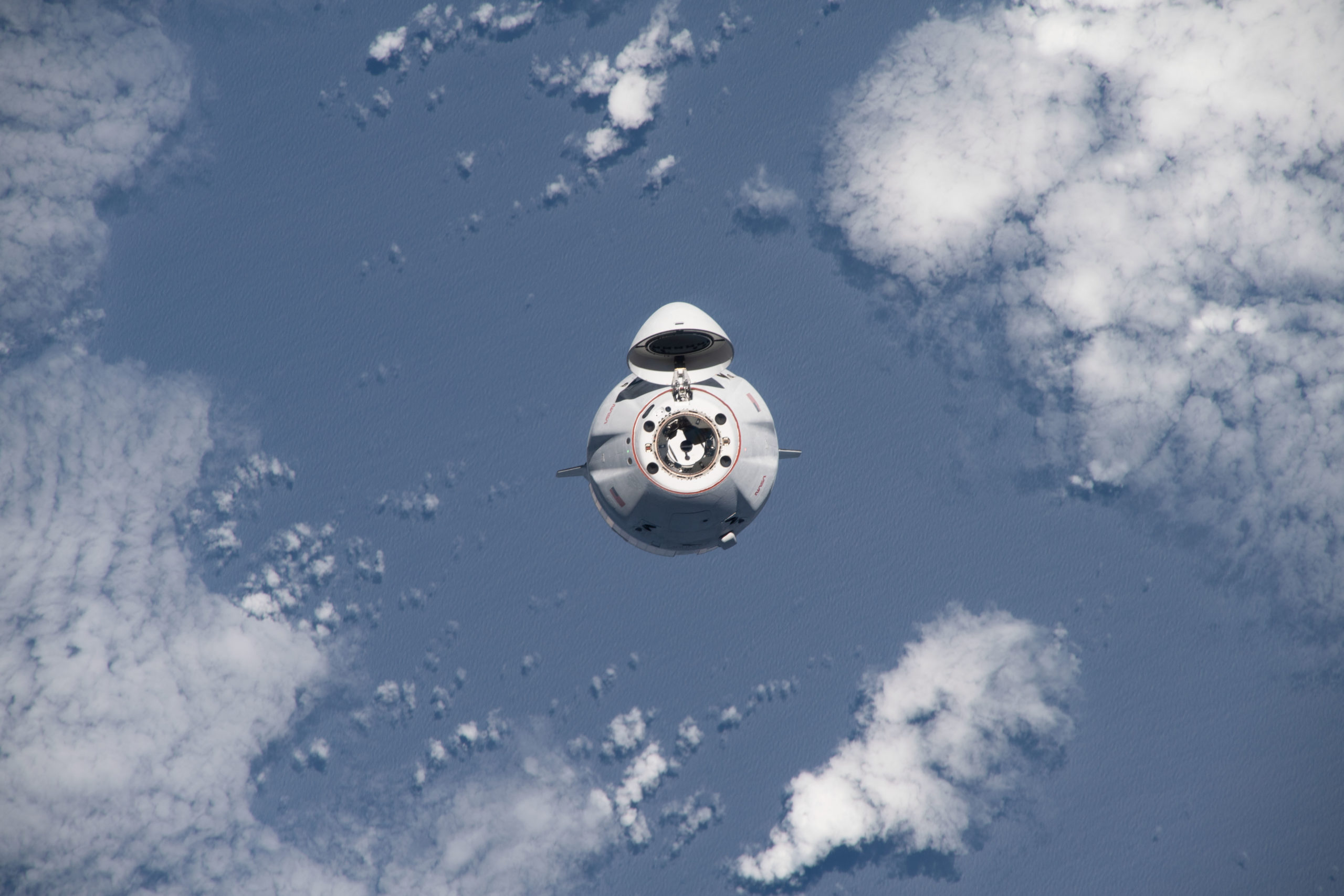
A once-before-used Cargo Dragon and once-before-used Falcon 9 stand poised at Florida’s Kennedy Space Center (KSC), targeting liftoff no sooner than 8:28 p.m. EST Thursday. Laden with 6,505 pounds (2,950 kilograms) of equipment, payloads, spare parts, supplies and a few Thanksgiving and Christmastime goodies for the Expedition 70 crew, an on-time launch tonight is expected to produce an autonomous rendezvous and docking at the International Space Station (ISS) about 5:20 a.m. EST Saturday.
Flying tonight’s mission is the newest member of SpaceX’s “single-stick” Falcon 9 fleet, B1081, which first saw service in late August to deliver Dragon Endurance and her Crew-7 quartet of NASA’s Jasmin Moghbeli, European Space Agency (ESA) astronaut Andreas Mogensen of Denmark, Japan’s Satoshi Furukawa and Russian cosmonaut Konstantin Borisov on the first leg of their half-year Expedition 69/70 increment. And the Cargo Dragon, tailnumbered “C211”, is also making its second outing, having previously supported last winter’s month-long CRS-26 cargo mission to the ISS.
Weather conditions for tonight’s 8:28 p.m. EST launch attempt and Friday’s 8:05 p.m. EST backup opportunity hover above 95-percent favorability, with only a very slight chance of violating the Cumulus Cloud Rule. “High pressure will continue to dominate Florida’s weather today through Friday,” noted the 45th Weather Squadron at Patrick Space Force Base, “leading to mostly sunny skies and nearly dry weather across the Spaceport.
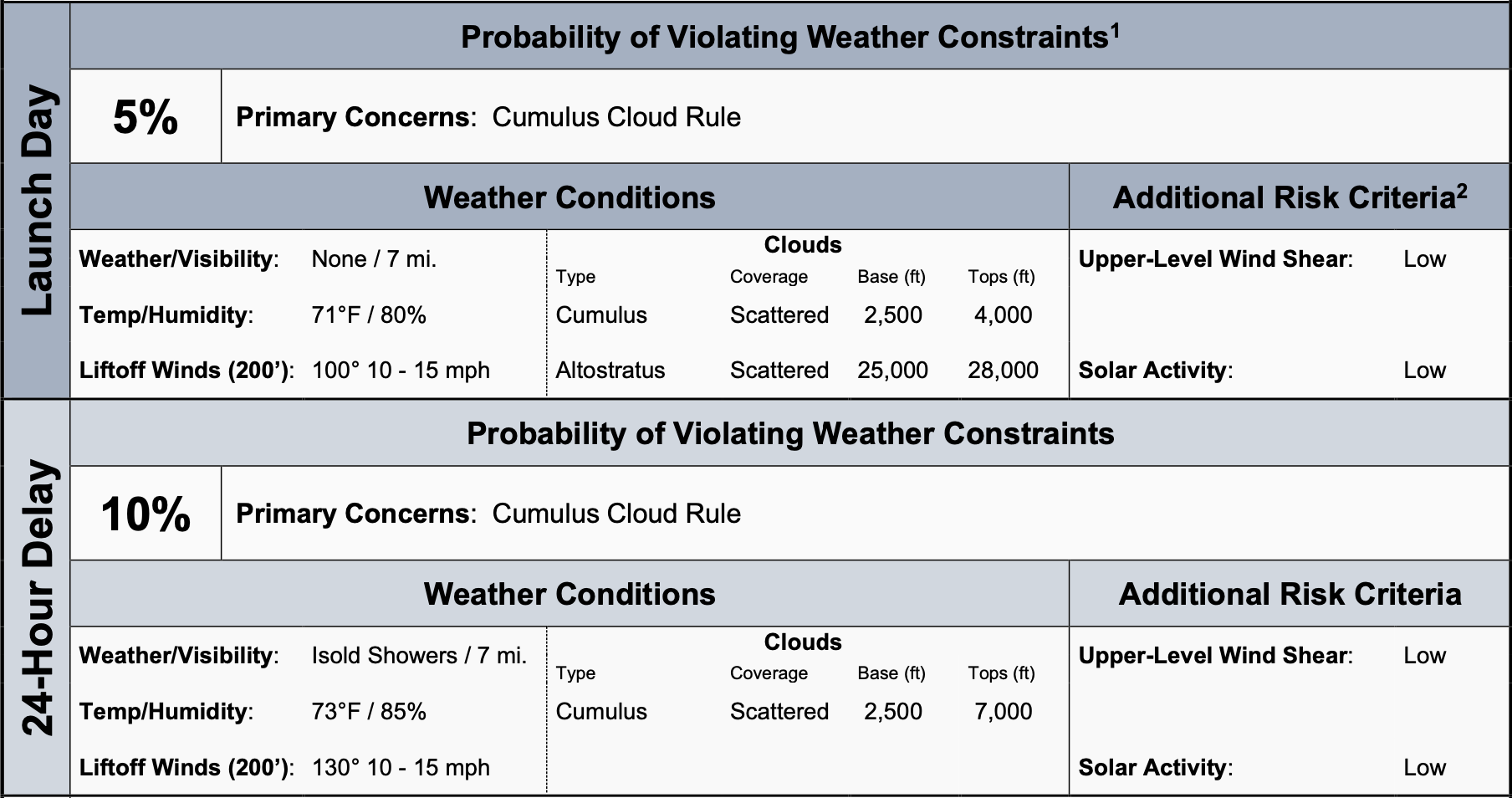
“High-resolution model guidance indicates some coastal showers may be rounding the warm waters of the Gulf Stream Thursday evening, but activity should stay low-topped and far enough away to be of any Lightning Launch Commit Criteria (LLCC) concern,” it added. “With the altostratus deck expected to be thinner and higher in the atmosphere, thick clouds are no longer a concern for the initial launch window.”
Launch has already been delayed a couple of times, firstly from 1 November, then since the 5th to allow SpaceX teams to configure Pad 39A from its most recent Falcon Heavy duty, as well as attend to final CRS-29 payload matters and replace a leaky Draco thruster aboard the Cargo Dragon. “During the initial propellant load,” NASA noted earlier this week, “teams identified a leak of nitrogen tetroxide oxidizer in a Draco thruster valve, which per standard procedure required a pause to the operation to troubleshoot. The team inspected the valve and respective data and decided to replace the thruster.”
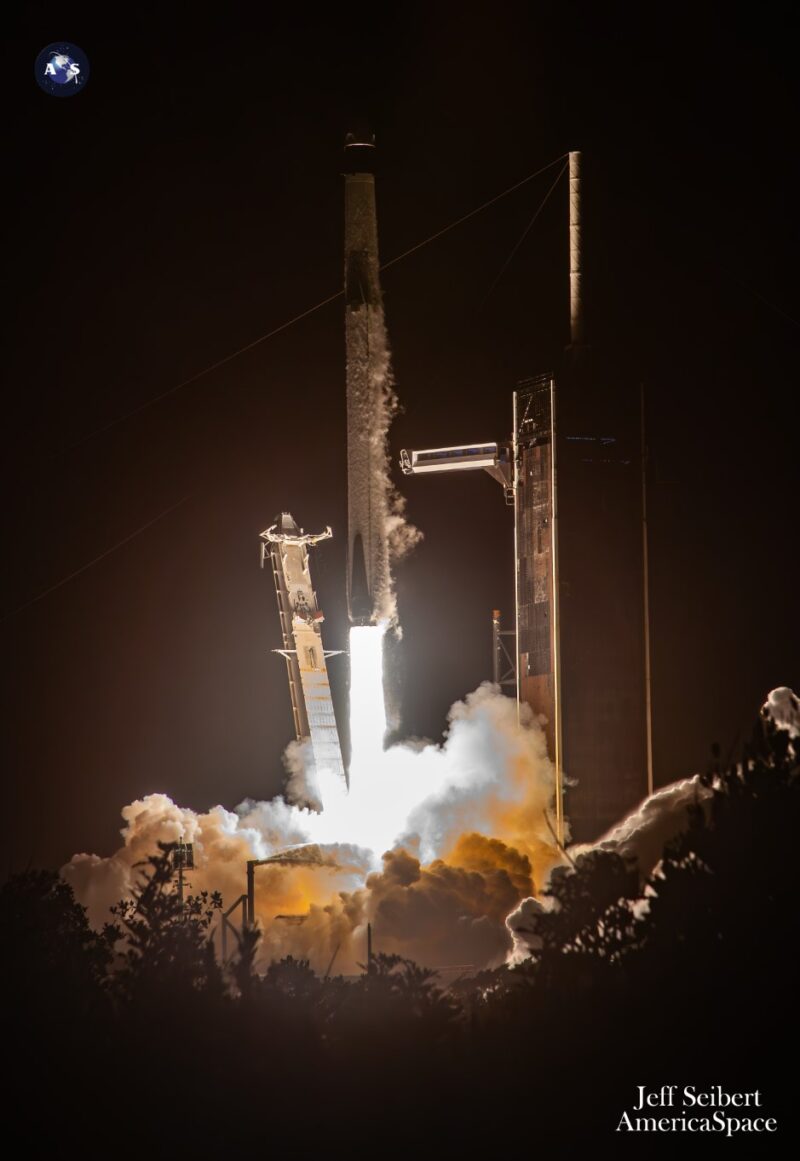
Following tonight’s launch, B1081 will power uphill for the opening 2.5 minutes of ascent, her nine Merlin 1D+ engines producing about 1.5 million pounds (680,000 kilograms) of thrust. It will then separate and return to touch down at Landing Zone (LZ)-1 at Cape Canaveral Space Force Station, making this the first Cargo Dragon-lifting booster to return to alight on solid ground, rather than upon the deck of the Autonomous Spaceport Drone Ship (ASDS). Two crew-carrying boosters earlier this year also returned to LZ-1 landings.
With B1081 gone, the single Merlin 1D+ Vacuum engine of the Falcon 9’s second stage will execute a customary six-minute “burn” to deliver CRS-29 to orbit, shutting down about 8.5 minutes after liftoff. The Cargo Dragon will separate from the second stage at 11 minutes and 46 seconds into the flight, its nose cone will be opened to reveal a suite of rendezvous and tracking sensors and the 32-hour trek to reach the station will be underway.
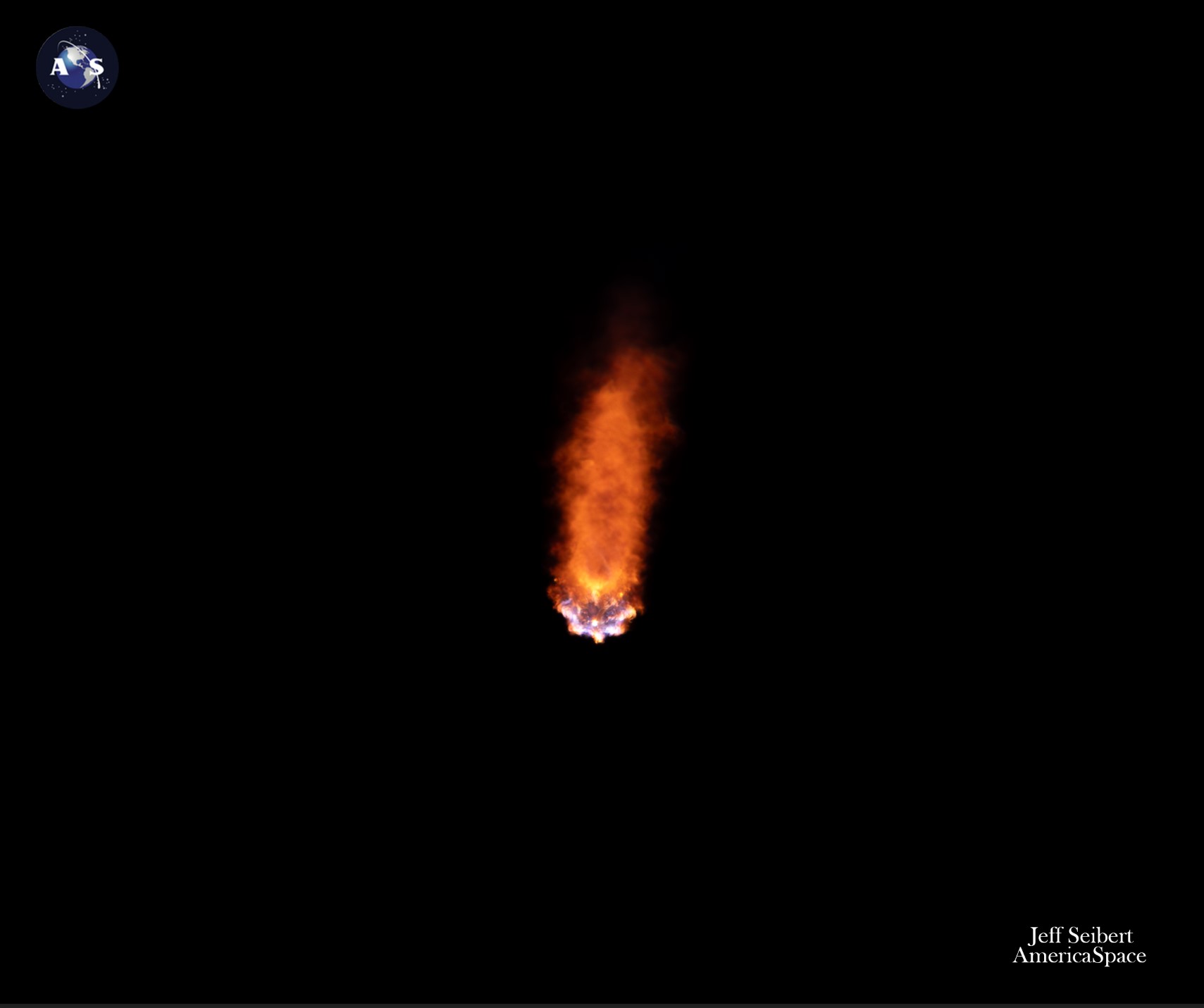
Aboard the sprawling orbital outpost, the incumbent Expedition 70 crew—Commander Andreas Mogensen, the first Danish ISS skipper, plus NASA’s Jasmin Moghbeli and Loral O’Hara, Japan’s Satoshi Furukawa and Russian cosmonauts Oleg Kononenko, Konstantin Borisov and Nikolai Chub—are making final preparations for their new robotic arrival. Mogensen recently took time “staging” gear for return to Earth aboard CRS-29 in December and late last week Moghbeli and O’Hara reviewed approach and rendezvous procedures for their role in monitoring the Cargo Dragon’s arrival at the weekend.
CRS-29 is bringing up 6,505 pounds (2,950 kilograms) of cargo to the station. That figure includes 1,501 pounds (681 kilograms) of crew supplies, 2,231 pounds (1,012 kilograms) of science investigations, 106 pounds (48 kilograms) of Extravehicular Activity (EVA) equipment, 1,082 pounds (491 kilograms) of vehicle hardware and 101 pounds (46 kilograms) of computer resources.
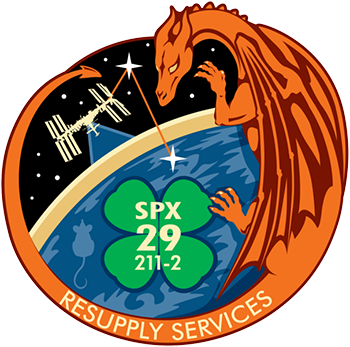
Dominating the payload haul is NASA’s Atmospheric Waves Experiment (AWE), which is managed by the Goddard Space Flight Center (GSFC) in Greenbelt, Md., for the Science Mission Directorate (SMD) at the agency’s Washington, D.C., headquarters. The $42 million experiment will be robotically berthed on Site 3 of ExPRESS Logistics Carrier (ELC)-1 on the far-port side of the station’s Integrated Truss Structure (ITS), where it will spend two years examining atmospheric gravity waves to better understand energy flow through our planet’s upper atmosphere and space.
“Atmospheric gravity waves are one mechanism for transporting energy and momentum within the climate system and they play a role in defining the climate and its evolution,” said AWE co-investigator Jeff Forbes of the University of Colorado at Boulder. “This is an important step forward in understanding waves in the atmosphere and their contributions to near-Earth space weather.”
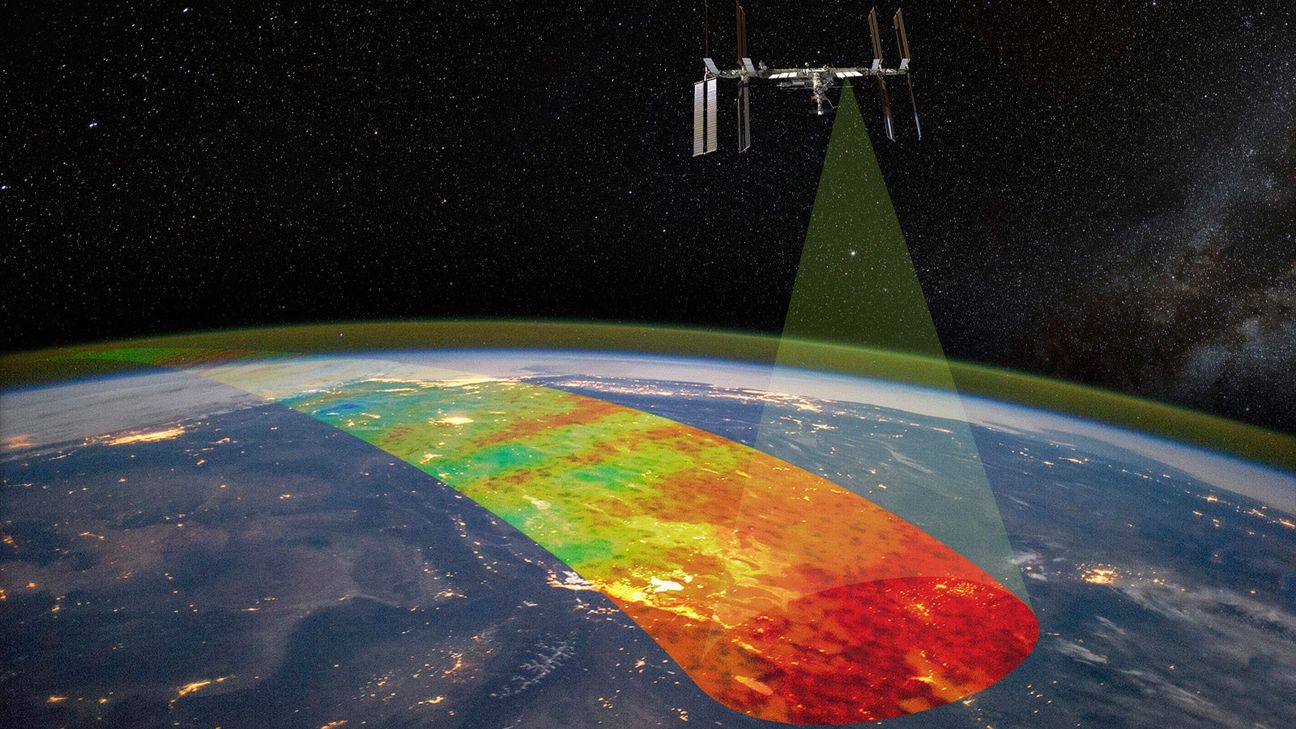
AWE will employ a single instrument, the 128-pound (58-kilogram) Advanced Mesospheric Temperature Mapper (AMTM) to capture wide-field-of-view (90-degree) infrared nighttime images at a rate of one image every second. This will allow the AMTM to produce high-quality temperature maps of atmospheric gravity waves at altitudes between 30 miles (50 kilometers) and 300 miles (500 kilometers)—the “ionosphere-thermosphere-mesosphere region”—before they enter the near-Earth space environment.
“Banking, navigation, weather forecasting and many other applications provided by satellites, as well as human space missions, can be affected by space weather,” said AWE Principal Investigator Michael Taylor of Utah State University. “AWE will provide scientists with much-needed information to better understand the physics and characteristics of atmospheric gravity waves in Earth’s upper mesosphere and ionosphere, the region where space weather begins.”
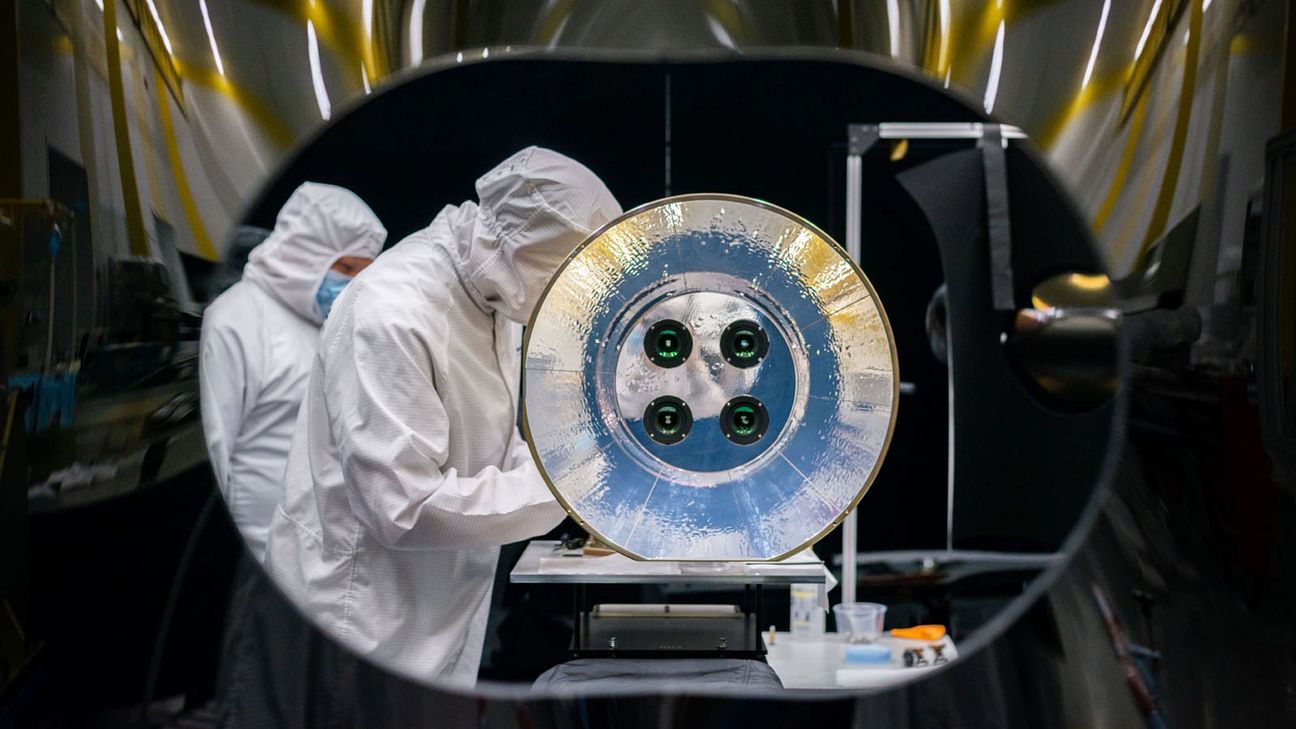
AWE was selected for development in February 2019 and confirmed for implementation by NASA in January 2021. Original plans called for it to fly to the ISS in August 2022, it slipped on the manifest and wrapped up its electromagnetic, vibration, thermal vacuum and calibration testing earlier this year. The instrument received its flight-safety certification in September, ahead of shipment to KSC.
Also aboard CRS-29 is NASA’s refrigerator-sized Integrated Laser Communications Relay Demonstration Low-Earth-Orbit User Modem and Amplifier Terminal (ILLUMA-T), which seeks to test high-data-rate laser communications between the ISS and ground stations via the geosynchronous-orbiting Laser Communications Relay Demonstration (LCRD), which rode to orbit atop a United Launch Alliance (ULA) Atlas V in December 2021 on the Space Test Program (STP)-3 mission. Together, ILLUMA-T and LCRD will complete NASA’s first-ever two-way, end-to-end laser communications relay system.
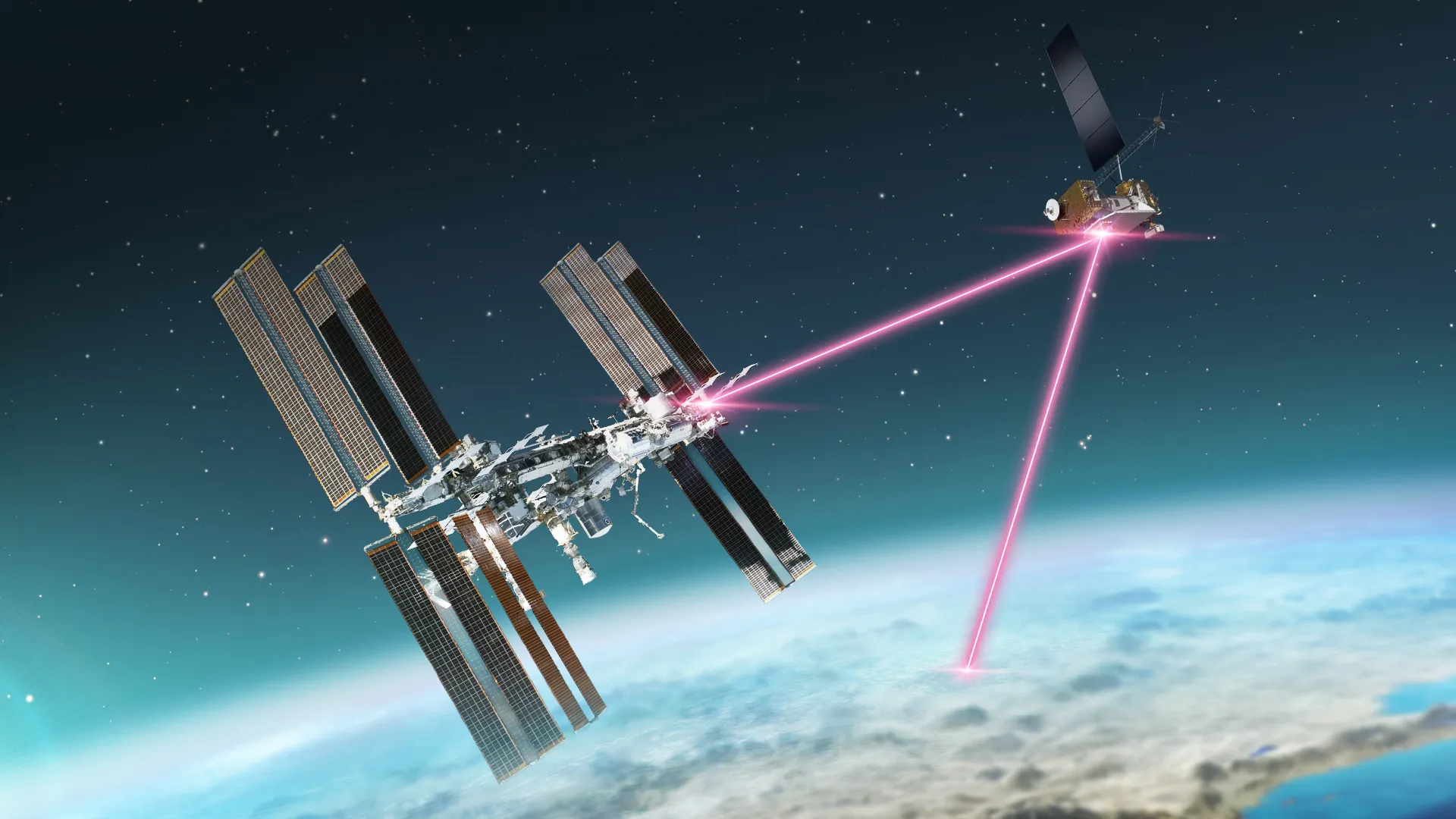
The ILLUMA-T terminal, to be robotically mounted on the Exposed Facility (EF) of Japan’s Kibo lab, will send high-resolution picture and video data at a rate of 1.2 gigabits per second to the LCRD system, which will transmit the data to optical ground stations in Haleakala, Hawaii, and Table Mountain, Calif.
Also heading uphill are foods for the Expedition 70 crew, including oranges, apples, cherry tomatoes and carrots, a pair of speciality cheese kits and Thanksgiving and Christmas treats, including chocolate, pumpkin-spiced cappuccino, rice cakes, turkey, duck, quail, seafood, cranberry sauce, mochi, houmous, salsa and olives.
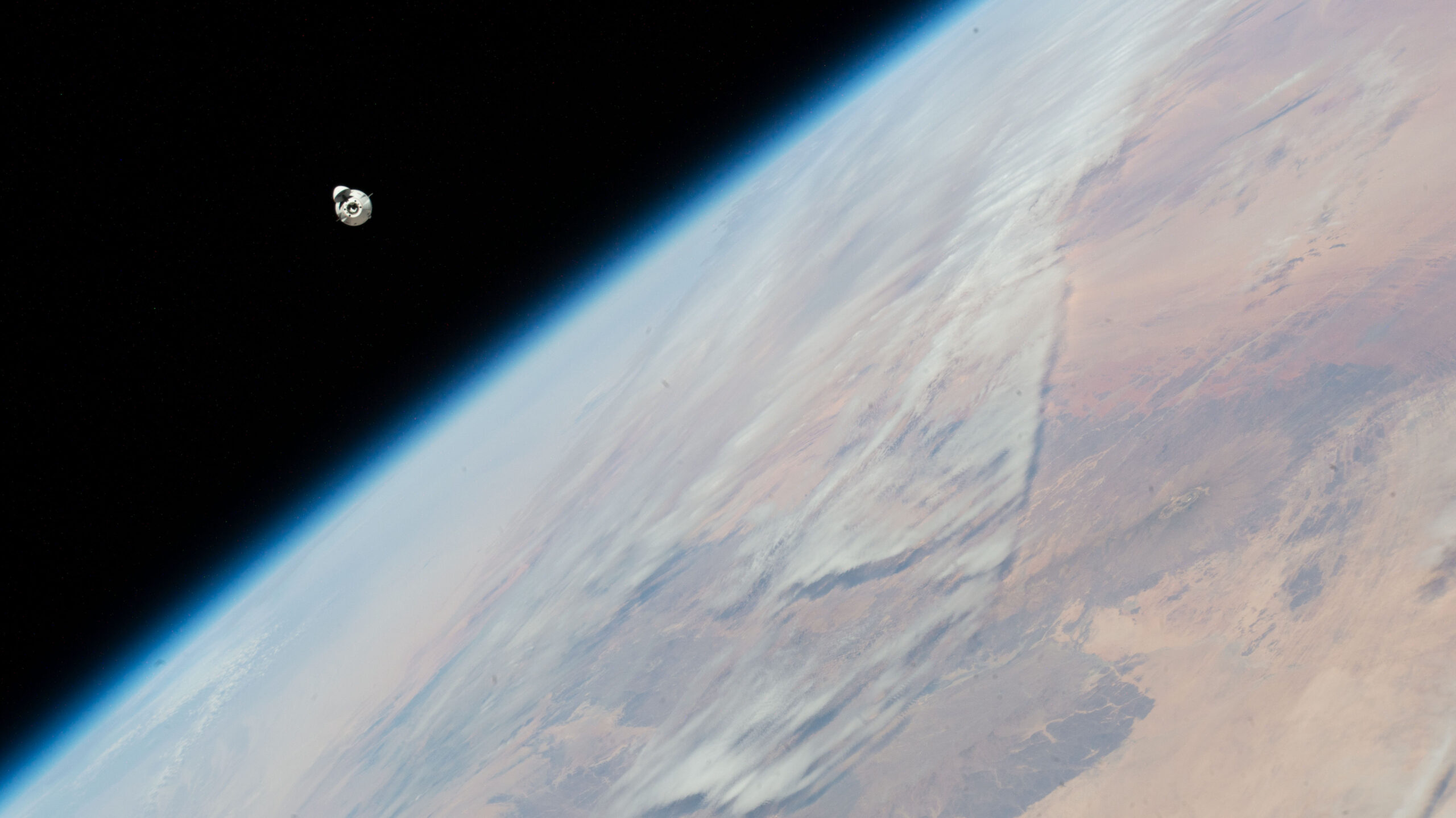
Current plans call for CRS-29 to remain aboard the ISS for about a month, with departure targeted for early to mid-December, for a parachute-assisted splashdown off the Florida Coast. Returning home will be about 3,800 pounds (1,700 kilograms) of cargo for repair and refurbishment, including a flywheel for the Advanced Resistive Exercise Device (ARED), a cabin air assembly heat exchanger, an external camera, light, pan tilt assembly and the environmental control system for the Advanced Plant Habitat (APH).




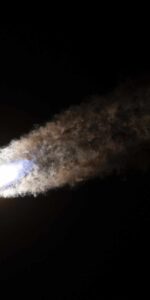
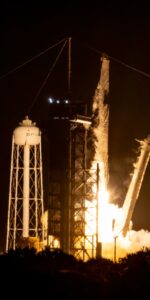
i sure hope that they can keep up with this high demand launch program and dont make a mistake their are a ton of na sayers out their just waiting just as long as the spacex team keeps up the great work they do man kind will benefit more then they know so go space x and may god bless each and everyone of you america is behind you all of you